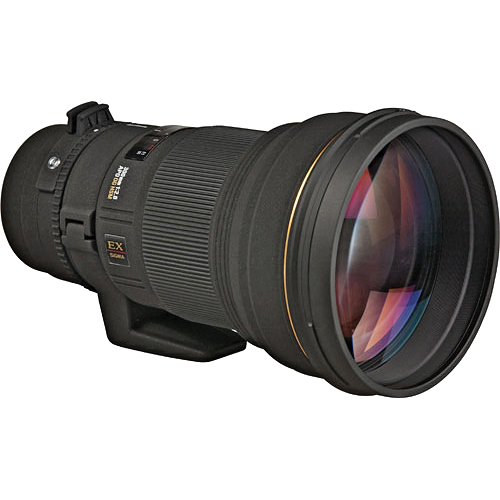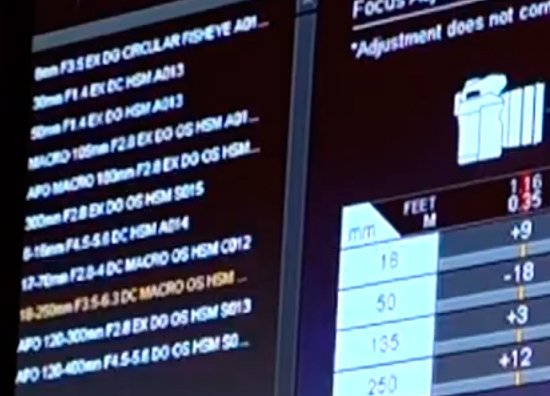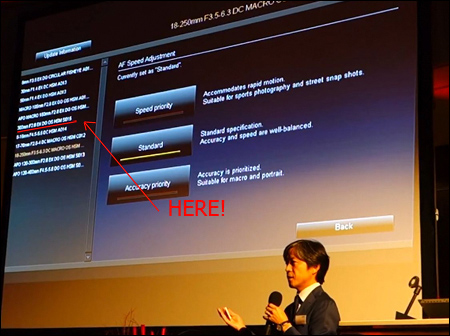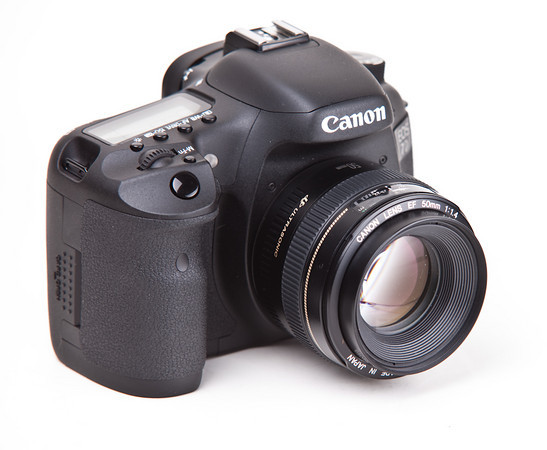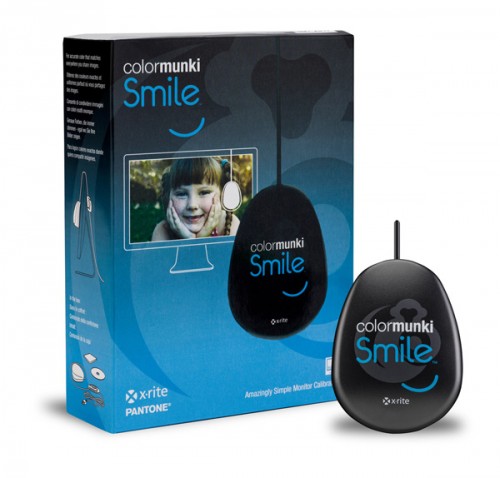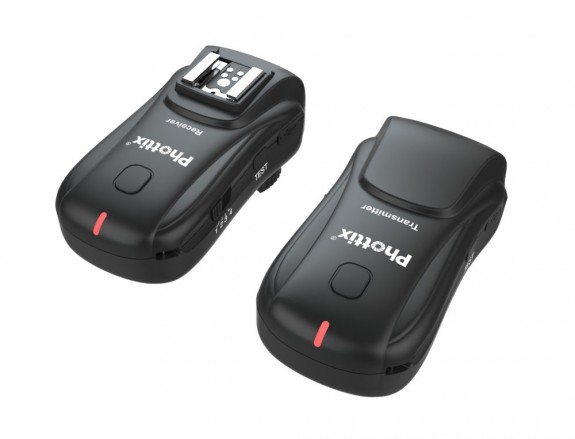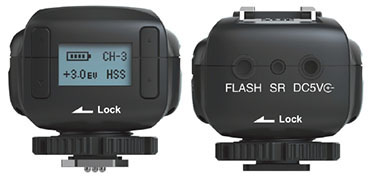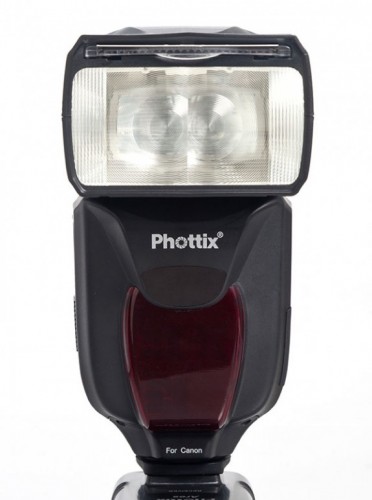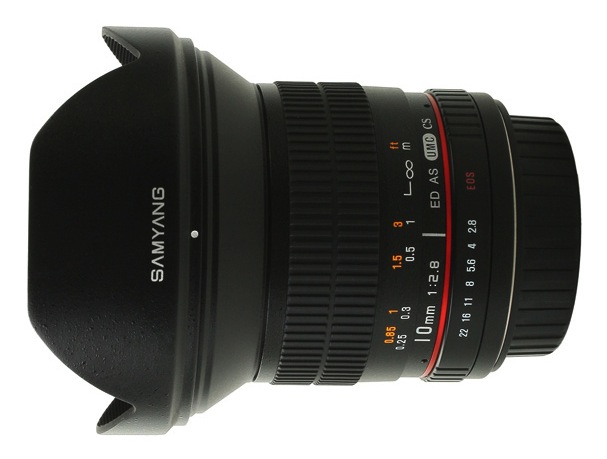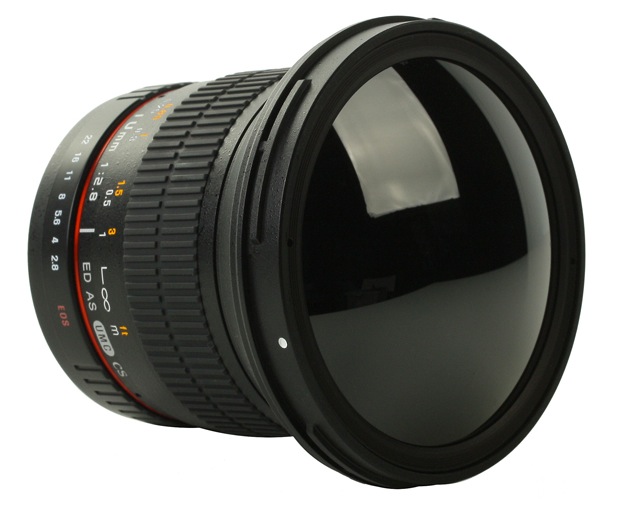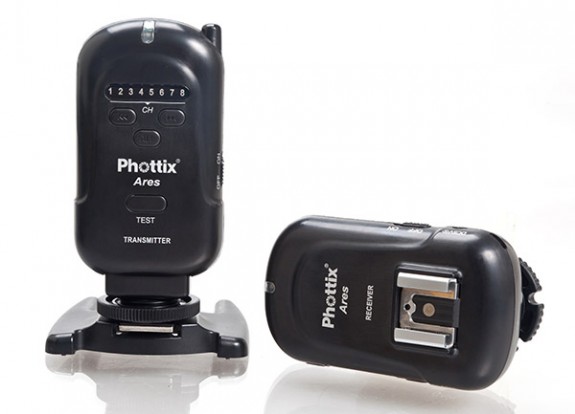
(Pictured above is the Olympus OM-D E-M5 compact system camera, which features a 16-megapixel Sony sensor.)
Sony Press Release
Announcement of Agreements Between Olympus and Sony to Form Business and Capital Alliance
Olympus Corporation (“Olympus”) and Sony Corporation (“Sony”) today announced that the two companies have entered into a business alliance agreement (the “business alliance agreement”) and a capital alliance agreement (the “capital alliance agreement”) through a third-party allotment of Olympus’s common shares to Sony.
Comment from Hiroyuki Sasa, Representative Director and President, Olympus Corporation
“In line with its medium-term vision announced in June 2012, Olympus has been pushing to enhance its financial strength and weighing the possibility of a business and capital tie-up for greater business synergy in the core business domains of medical and imaging. In this regard, we have decided to form a business and capital alliance with Sony, which is strong in image sensors and other image-related technologies. Partnering with Sony will provide great advantage to Olympus and enable the two companies to exchange various complementary competencies. Investment from Sony will help strengthen our financial base. In addition, through this alliance, the strengths of the two companies will merge, certainly making it possible for Olympus to contribute to world medical progress by developing a variety of new medical devices that would not be possible by Olympus alone. In the field of digital cameras, we will seek to achieve collaboration in a manner that further improves the competitiveness of the two companies.”
Comment from Kazuo Hirai, President and CEO, Sony Corporation
“As part of our strategic initiatives announced in April 2012, at Sony we are aggressively pursuing the growth of our medical business, with the aim of developing it into a key pillar of our overall business portfolio. The business and capital alliances we have agreed with Olympus today will be integral to these plans. By combining Sony’s cutting-edge technologies in areas such as digital imaging, 3D and 4K* with Olympus’s long-standing experience and established foundations in the medical market, we believe that we will be able to create highly innovative and competitive products and generate new business opportunities in surgical endoscopes and other related areas where significant future growth is anticipated. We also believe there are many potential opportunities for collaboration between Olympus and Sony’s digital camera businesses, and are confident that by building on our respective strengths we can also enhance and grow our presence in this market. All of us at Sony will spare no effort to ensure that the business and capital alliances, including Sony’s investment in Olympus, will be a resounding success for both companies.”
*4K: More than four times resolution of Full HD. 4196 (H) x2160 (V)
Details of the business alliance agreement and the capital alliance agreement (collectively the “business and capital alliance agreements”) are stated below.
1. Reasons for the Business and Capital Alliances
The business and capital alliances are expected to allow the two companies to combine Olympus’s lens and optical technologies, as well as the strength of its brand and R&D, with Sony’s broad range of technologies including digital imaging technologies and apply them in the rapidly growing medical market. Sony and Olympus anticipate extensive opportunities to create new products and businesses and contribute to the medical industry. In addition, Olympus and Sony plan to explore opportunities for collaboration between their respective camera businesses including transactions involving core components primarily for compact digital cameras, with the aim of enhancing the corporate value of each company.
2. Purpose of Business and Capital Alliances
The purpose of the business and capital alliances is as follows.
(1) Medical Business
The companies aim to strengthen and enhance their presence in the market for medical products such as surgical endoscopes and video microscopes through the development of new medical products and businesses. The companies aim to do this by aligning Olympus’s manufacturing and R&D expertise, brand recognition, global sales and marketing expertise in the area of medical products, and its lens and optical technologies, with Sony’s strengths in digital imaging technologies such as image sensors and image technologies including 3D and 4K. In addition, by combining the know-how and products Olympus has developed in its medical business with Sony’s strengths in audio visual solutions, the two companies aim to establish a comprehensive systems integration business that offers high value-added solutions for operating rooms and other medical arenas. In order to implement the business alliance in the medical arena as outlined above, Olympus and Sony have agreed to establish a medical business venture.
(2) Camera Business
The two companies also aim to enhance their competitiveness, primarily in the area of compact digital cameras, by exploring opportunities for mutually beneficial transactions and collaboration between their respective camera businesses, including the supply of Olympus technologies such as camera lenses and mirror cells to Sony, and the provision of Sony image sensors to Olympus.
3. Capital Alliance
In connection with the business alliance, Olympus and Sony have entered into a capital alliance agreement, under which Olympus will issue new shares to Sony through a third-party allotment. Under the terms of the capital alliance agreement, Olympus will issue 34,387,900 common shares to Sony through a third-party allotment (Sony’s ratio of voting rights after the third-party allotment will be 11.46%, and the ratio of shares to be issued against the total shares issued and outstanding before such 3 issuance will be 11.28%) in two tranches. The due date of payment for the first third-party allotment for 13,100,000 shares (“the first third-party allotment”) is on October 23, 2012, while the period of payment for the second third-party allotment for 21,287,900 shares (“the second third-party allotment”) is from October 23, 2012 to February 28, 2013.
The share price will be 1,454 per share. The two companies have also agreed that Olympus will make every effort to help ensure that a candidate nominated by Sony is appointed as a member of the board of directors of Olympus. For more information on the issuance of new shares through a third-party allotment, please refer to the related press release titled “Issuance of new shares through a third-party allotment and change in major shareholder” made by Olympus on September 28, 2012.
http://www.olympus-global.com/en/corc/ir/tes/pdf/nr120928_4.pdf

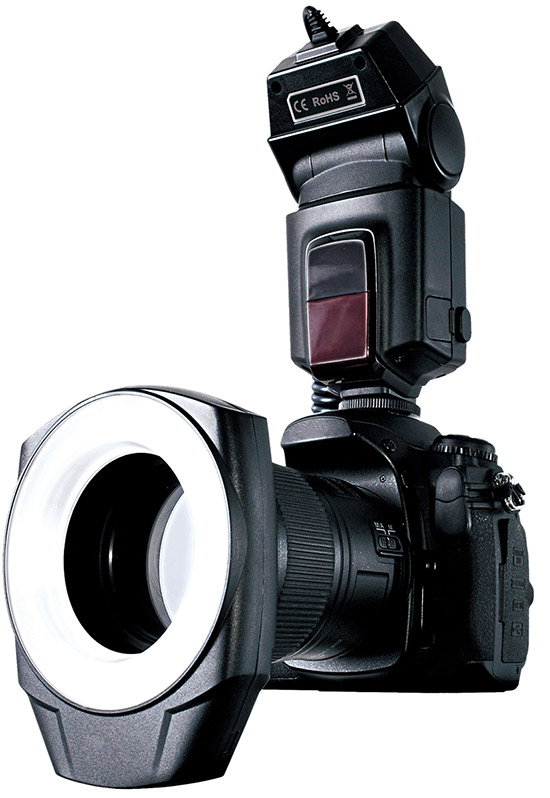
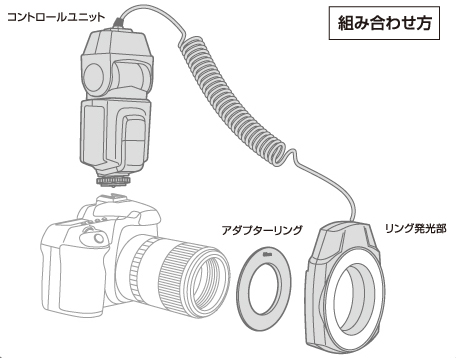
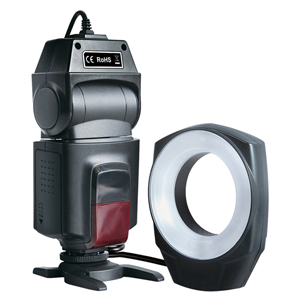
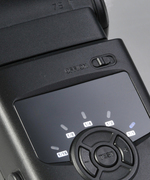
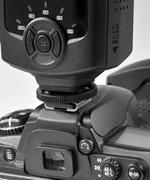



![More Big Megapixel Talk [CR1]](http://www.canonrumors.com/wp-content/themes/magnet/scripts/timthumb.php?src=http://www.canonrumors.com/wp-content/uploads/2012/03/5DX.jpg&a=t&h=200&w=475)
